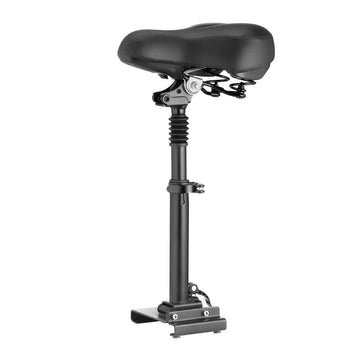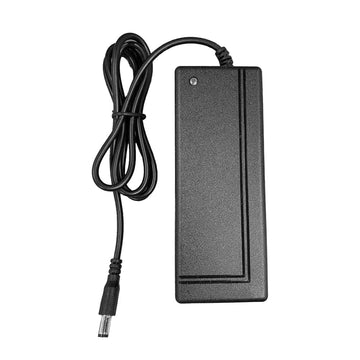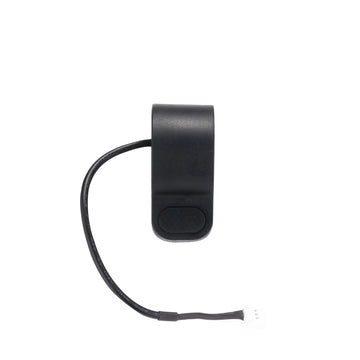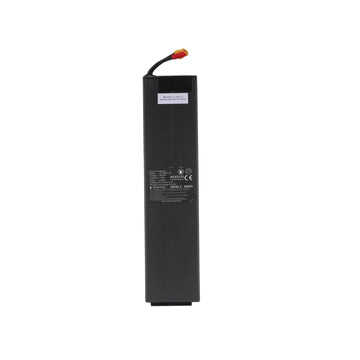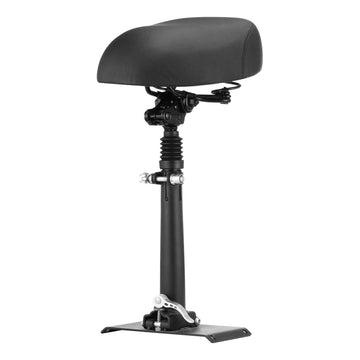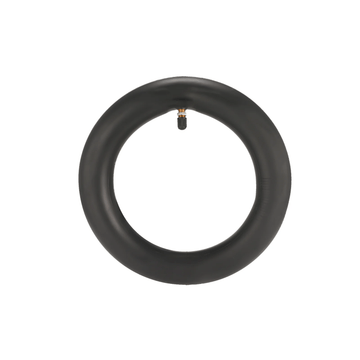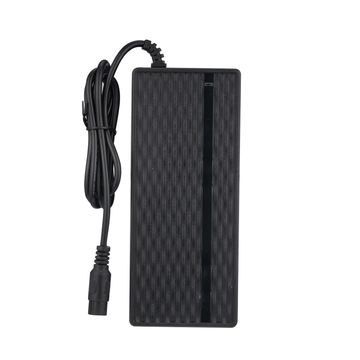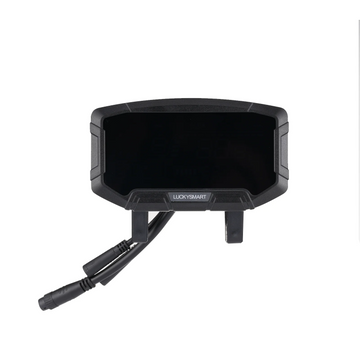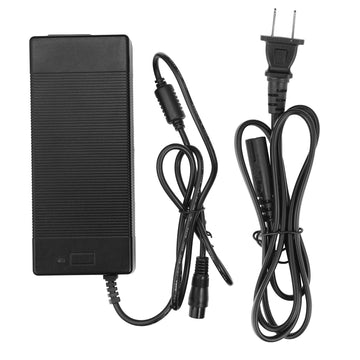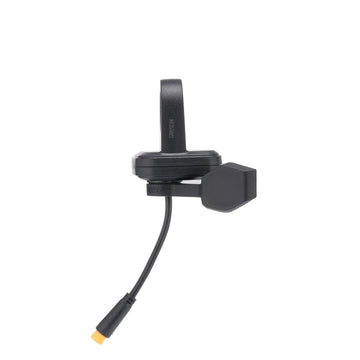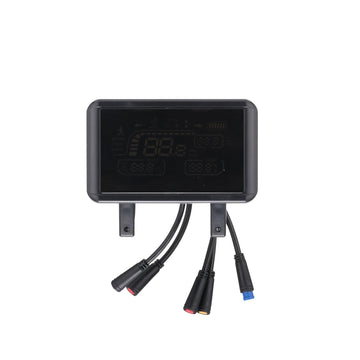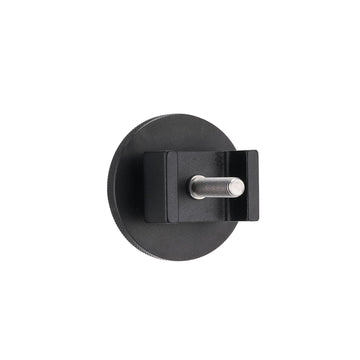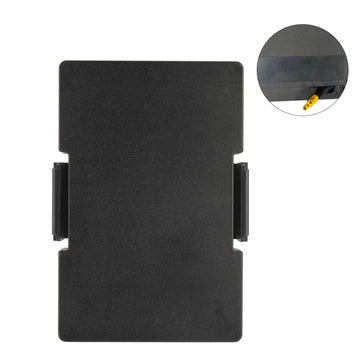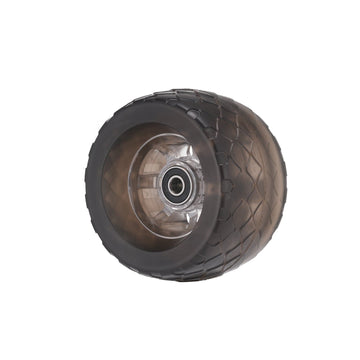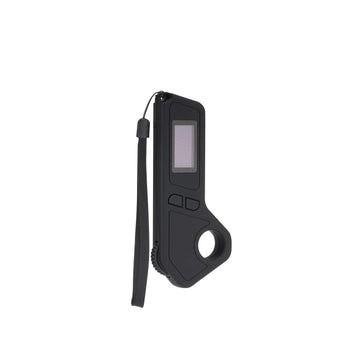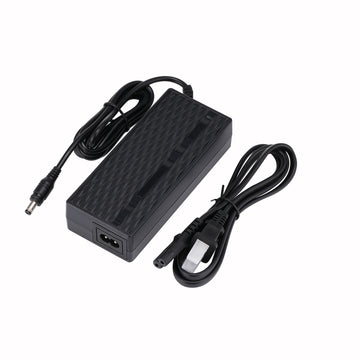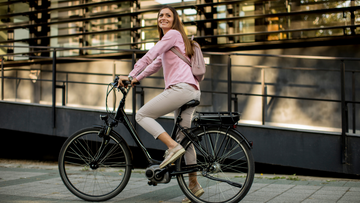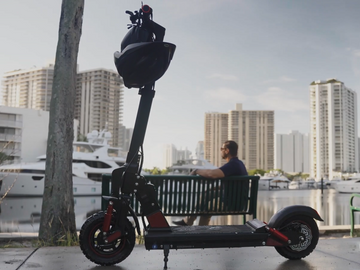
Adult electric scooters continue to gain popularity due to their compact size, cost-effective rechargeable batteries, and increasingly user-friendly design. As the electric scooter market shifts towards adult riders, questions about weight capacity naturally arise.
Many adult users became aware of electric scooters by seeing smaller, child-friendly scooters. Some adults have even tried to ride a children’s scooter only to be surprised by sluggish performance on their ride. That’s because not all electric scooters are built alike, which creates a need to understand the role load-bearing plays in choosing an electric scooter.
What is the Weight Limit for an Electric Scooter?
The weight limit indicates the carrying capacity of a scooter. Child-friendly scooters cap out at 120 lbs and adolescent or teenage scooters offer up to 180 lbs of capacity. While many adult electric scooters carry between 220 lbs to 265 lbs by design, forward-thinking scooters like the Isinwheel X1 aim to bring electric scooter convenience and efficiency to heavier riders by pushing weight capacity as high as 440 lbs (200 kg).
Why Does Weight Limit Matter?
When it comes to electric scooters, just as it does with any other vehicle, weight limit represents a direct correlation to performance. Scooters are designed to perform under specific limits. By using a scooter outside of its intended specifications, users run the risk of limiting performance as well as damaging important parts and components.
Overloading a scooter specifically results in speed reduction. It also places undue strain on shocks and tires, which degrades the parts prematurely or causes complete failure. The same holds true of the brake system, and in some circumstances, the frame. A scooter that runs over its weight limit will never achieve peak performance and will break down well ahead of its intended life cycle. Parts failures due to overloading can prove expensive, and in rare circumstances, dangerous. So, it’s important to verify maximum weight limits before riding.
What Affects Maximum Weight Limit?
Numerous factors, both structural and mechanical, can impact scooter weight limits. In order to maximize performance and convenience, electric scooters aim to be lightweight by design. To achieve this goal, designers aim to create the lightest frame possible to achieve the intended performance specifications. The lighter the metal used, the lower the weight limit will be.
The weight of the scooter itself directly contributes to the level of performance a scooter can achieve. This means a lightweight scooter can incorporate lower-output parts such as motors while still achieving a desirable degree of performance. Conversely, those lower-output parts cannot perform as intended when the scooter is pushed beyond its weight limit.
What if you Exceed the Weight Limit on an Electric Scooter?
Negative, costly, and potentially dangerous consequences arise when exceeding the weight limit of an electric scooter. At a bare minimum, the scooter’s performance will suffer. Maximum speed decreases, stopping time increases, and a lack of shock absorption occurs. In addition to those drawbacks, critical parts and components run the risk of degradation and failure. This can include the motor, frame, battery, brakes, suspension, and tires.
Pros and Cons of a Heavy-Duty Electric Scooter
As designers scale up the weight capacity of a scooter, the weight of the scooter itself increases as a result. This creates a need to utilize larger, more powerful, and often more expensive motors to achieve adequate performance. At the same time, heavier-duty suspension, brakes, tires, and batteries become necessary. Upscaling all of these components can have effects on not only the design and performance of a scooter but the cost as well.
Heavy-duty electric scooters provide great convenience and efficiency like smaller scooters do, but they lose some of the other elements that riders desire by nature of scaling up the weight limit.
Here’s a list of some crucial pros and cons to consider:
Pros
- Powerful Motor and Battery
- Rugged Frame
- Larger Tires
- Higher Performance Shocks
- Higher Ground Clearance
- Increased Carrying Capability
- All-Terrain Capability
Cons
- Heavier
- Less Compact
- More Expensive
Why Isinwheel X1 Leads the Pack for Heavy Riders
The Isinwheel X1 aims to bridge the gap between electric scooters and heavier riders. The X1 is designed specifically with heavy riders in mind. It offers up to a 440 lb maximum weight limit, which not only guarantees peak performance for heavier riders but also affords riders the flexibility to carry more cargo on their rides.
Extra-wide pedals provide a tactile feel and grip for riders with larger frames to ride with confidence. An optional seat can be added to increase comfort. A strong 48V battery pairs with a high-performance 800W engine to create a powerful machine that can tackle all terrains. All of that, and the X1 remains portable by utilizing a space-saving foldable frame.
Ride With Confidence
When it comes to electric scooters, weight limit matters. But that doesn’t mean heavier users can’t find the ideal scooter for their needs. High-performance, reliable, and convenient heavy-duty scooters like the Isinwheel X1 exist to allow heavier riders to hop on without fear of limited performance or parts failures.




























